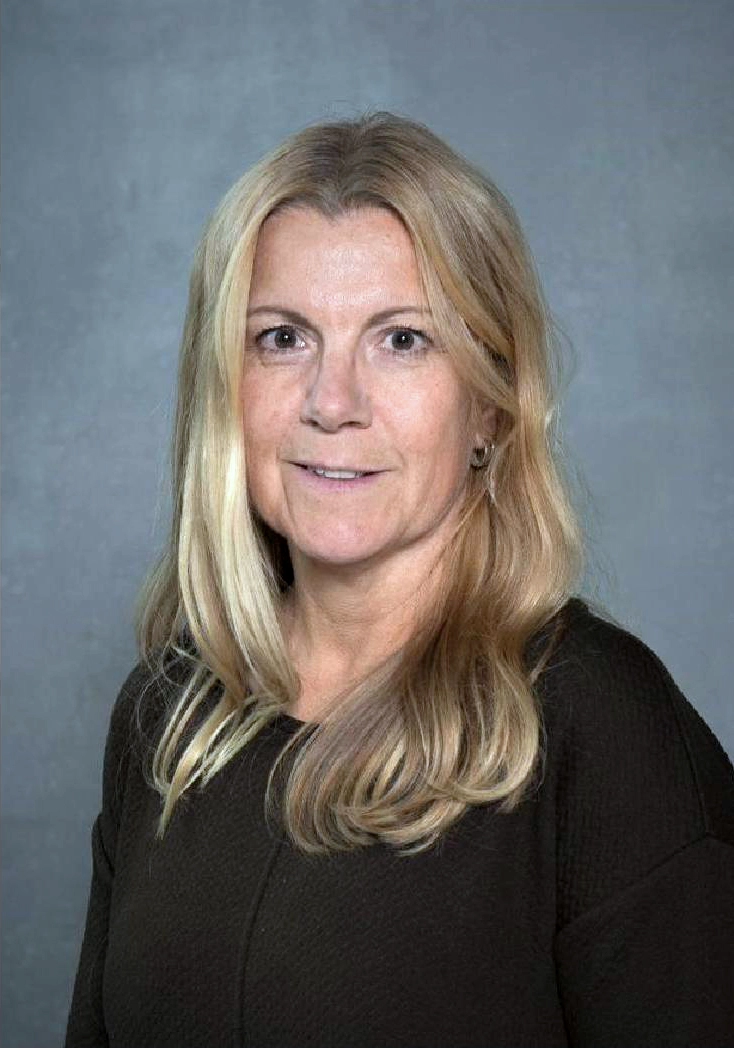The highest paid men in Australia are being paid at least $162,000 more than the highest paid women, but women could be on par with men in most management roles within the next two decades, a new report shows.
 Research released today by the Bankwest Curtin Economics Centre (BCEC) and the Workplace Gender Equality Agency (WGEA) finds women are progressing into full-time management roles at a faster rate than men, and employers that offer at least 13 weeks of paid parental leave (PPL) halve the rate of loss of workers.
Research released today by the Bankwest Curtin Economics Centre (BCEC) and the Workplace Gender Equality Agency (WGEA) finds women are progressing into full-time management roles at a faster rate than men, and employers that offer at least 13 weeks of paid parental leave (PPL) halve the rate of loss of workers.
However, the report, Gender Equity Insights 2019: Breaking through the Glass Ceiling, found that, based on current growth patterns, female CEOs will have to wait another 80 years until 2100 before achieving equal representation with their male counterparts.
Men are paid more than women at every level of management. The highest paid 10 per cent of men take home a total salary of at least $598,745, compared to $436,369 for the highest paid 10 per cent of women, a difference of $162,000.
The report also found that women are more likely to hold management positions at the lowest levels but earn at least $31,000 less than their male colleagues every year.
Key findings:
- If the current growth patterns continue, we can expect to see equal representation of women and men in full-time management roles in the following years:
- Chief Executive Officer – 2100
- Key Management Personnel – 2039
- Executives – 2047
- Senior Managers – 2037
- Other Managers – 2031
- All Managers – 2042
- The highest paid men are earning at least $162,000 more than the highest paid women.
- Employer-funded paid parental leave schemes covering 13-plus weeks halves the share of female managers who stop working during PPL relative to those who access only the Australian Government PPL scheme.
- Flexible work arrangements coupled with reporting to Boards increases the share of part-time female managers by 13.6 percentage points.
- The share of female full-time managers increases by an average of 8.6 percentage points for companies with a female CEO. And moving from all-male to gender-equal company boards increases the share of full-time female managers by 7.3 percentage points and the share of part-time female managers by 13.7 percentage points.
- Gender pay gaps at different levels of management seniority combine to reduce the share of full-time female managers by an average of 9.9 percentage points, and the share of part-time female managers by 7.9 percentage points.
- Employer-provided onsite childcare increases the retention of female managers during PPL by almost one-fifth (18.9 per cent).
- Women are noticeably under-represented among top-tier managers in the Health Care sector (51.9 per cent) relative to their overall presence in the workforce (71 per cent).
- Women are most under-represented in top-tier management positions. However, this category has seen the fastest growth rate, increasing by 4.4 percentage points in the last five years.
- The glass ceiling remains a barrier for women at CEO level, with very little movement in the last five years (+1.1 percentage point).
The analysis of WGEA’s world-leading data by the BCEC explores gender pay gaps across occupations and industry sectors covering more than 4.1 million employees in Australia. It examines the role of workplace environments and policy initiatives in improving the representation of women in the workforce and in narrowing the gender pay gap.
 Report author and BCEC Principal Research Fellow Associate Professor Rebecca Cassells said the report highlighted positive signs that the recent progress of women into senior management and leadership positions will continue.
Report author and BCEC Principal Research Fellow Associate Professor Rebecca Cassells said the report highlighted positive signs that the recent progress of women into senior management and leadership positions will continue.
“Over the last five years, we’ve seen more women taking up senior management and leadership positions across Australian organisations, and the representation of women in management roles is currently very close to their share in the full-time labour force,” Associate Professor Cassells said.
“However, women still face an additional barrier in terms of the pay that they can access when moving into management roles, and the number of female CEOs is increasing far too slowly, with parity not expected anytime this century.
“For those women that do make it to the top, we are seeing an added glass ceiling. Women in top-tier leadership positions are taking home smaller pay packets compared to their male counterparts. Simply breaking through the glass ceiling doesn’t provide women with the same wage opportunities. It’s clear there are still barriers in place that prevent women from reaching their full potential.”
Report co-author and BCEC Director Professor Alan Duncan said flexible work and employer-funded paid parental leave schemes were having a positive impact on keeping women at work following parental leave.
 “The share of women in part-time management roles almost doubled when the company’s flexible work policies were held to account by their boards, from 7.5 percentage points to 13.6 percentage points,” Professor Duncan said.
“The share of women in part-time management roles almost doubled when the company’s flexible work policies were held to account by their boards, from 7.5 percentage points to 13.6 percentage points,” Professor Duncan said.
“We also found strong evidence that more generous employer-funded paid parental leave schemes are associated with better rates of worker retention.
“Companies that offer at least 13 weeks of employer-funded paid parental leave halve the share of female managers who leave the company while on leave, compared to those who access only the government paid parental leave scheme.”
WGEA Director Libby Lyons said that the report highlighted the importance of employers taking action.
“These findings reveal that if you change the working conditions available to employees, the choices women can make change too. By offering paid parental leave schemes and flexible work arrangements, more women are able to choose to return to work,” Ms Lyons said.
“Children starting primary school this year will enter a workforce where they are likely to see gender balance at most management levels. Yet they will have to live to be almost 90 to see women reach equality at the CEO level. So the evidence is there and we must keep pushing hard to break down the barriers women still face in Australian workplaces.”







